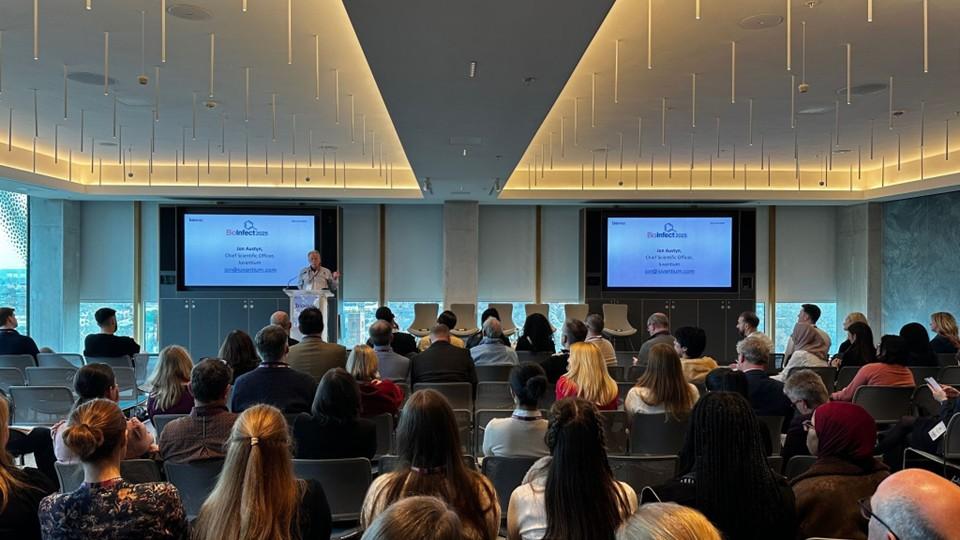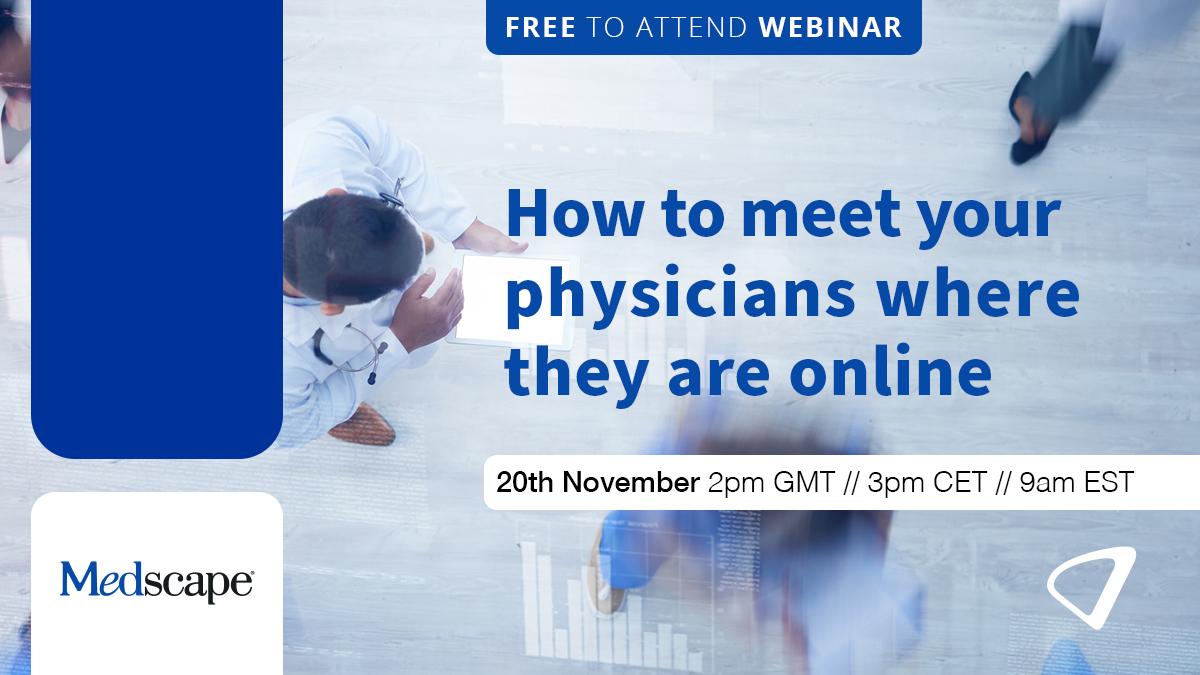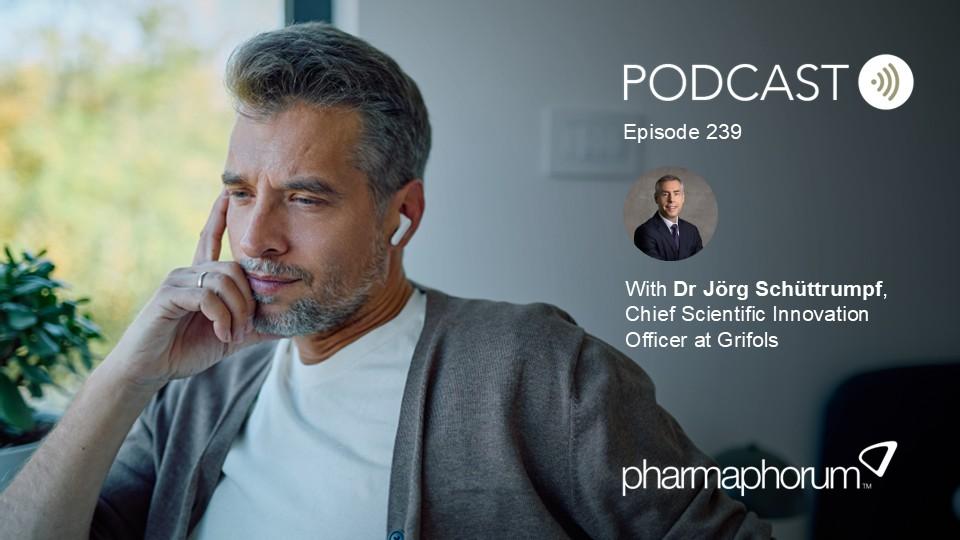When is the superbug message going to bite?

For well over a decade, scientists, health leaders, and global organisations have sounded the alarm on antimicrobial resistance (AMR) – a looming crisis that could unravel a century of medical progress. Yet, despite clear, evidenced warnings, the response remains less than inspiring.
According to data from the World Health Organization (WHO), an estimated 4.95 million deaths were associated with AMR in 2019 – more than malaria and HIV combined. By 2050, the O’Neill Review forecast that this figure could reach 10 million deaths annually, making drug-resistant bacteria the planet’s most lethal organisms. Still, public awareness remains low, political action inconsistent, and pharmaceutical investment lukewarm at best.
What will it take to jolt the world into action?
The O’Neill Review in 2016 was a milestone, recognising AMR as not only a medical issue, but a market failure. Yet, nine years on, the fundamental problems remain.
As existing antibiotics become less effective, we edge closer to a future where routine infections and minor injuries could once again become high risk. Still, there is no mass public movement, no sense of urgency, no sustained global investment matching the scale of the threat. It raises the uncomfortable question: what will it take to jolt the world into action?
Yes, some progress is being made. At the 79th UN General Assembly in September last year, world leaders pledged to reduce AMR-related deaths by 10% by 2030. While this is encouraging, it is only a fraction of what is needed.
We have also seen the first investment in a partnership between the Gates Foundation, Novo Nordisk Foundation, and Wellcome to address global health challenges that disproportionately impact people living in low and middle-income countries.
The Gates Foundation, which has made vital financial contributions to the fight against malaria, is backing the launch of the Gram-Negative Antibiotic Discovery Innovator (Gr-ADI), a $50 million investment that will focus on combatting AMR caused by some of the most critical pathogens responsible for AMR-associated deaths. The Gr-ADI will function as a consortium where multiple funders, research institutions, and industry partners share data and work collectively to drive innovation in the discovery of urgently needed new drugs.
“The AMR crisis continues to grow. We urgently need effective solutions to prevent a future of few to no treatments for drug-resistant infections,” said Alexander Pym, director of infectious disease at Wellcome. “Accelerating the discovery of new types of antibiotics and finding new ways to kill bacteria is key to tackling this global threat and protecting those in regions with the highest burden, such as Africa and Asia. Our best chance is to collaborate on innovative new approaches to antibiotic development.”
Global AMR innovations
Elsewhere, a handful of promising innovations are emerging. In the UK, Barts Health NHS Trust and the Medicines and Healthcare Products Regulatory Agency have developed a rapid DNA sequencing system that can diagnose bacterial infections in hours, rather than days. Faster diagnosis means more targeted antibiotic prescriptions and reduces reliance on broad-spectrum drugs, which contribute to resistance.
Meanwhile, in Israel, researchers recently uncovered a new immune response mechanism involving proteasomes – structures within cells that break down proteins – which can detect bacteria and trigger the release of bacteria-killing chemicals. This discovery offers a potential new avenue for antibiotic development, though translating it into usable treatments will likely take a decade of research, trials, and regulatory processes.
To support early-stage innovation in AMR, the US-based non-profit, public-private partnership CARB-X has been critical and central to positive action over the last decade. By funding and mentoring small and mid-sized enterprises – which leads much of the priority research in this space – CARB-X is filling a critical gap left by big pharma.
At the recent 2025 BioInfect Conference in Liverpool, organised by northern industry membership organisation, Bionow, CARB-X’s chief of R&D, Erin Duffy, highlighted their global efforts to keep AMR innovation alive.
The conference brought together scientists, funders, and policy leaders to tackle the crisis. Yet, the tone of the event and CARB-X’s contribution underscored a sobering reality: despite the growing scale of AMR, the scientific community still feels like a niche group working in relative obscurity. A consistent theme throughout the conference was the barrier posed by the public’s lack of awareness and urgency.
Unlike the overwhelming public and political mobilisation seen with COVID-19 or climate change, AMR remains an invisible threat. Without airtime or personal resonance, there’s little pressure on governments to prioritise solutions. And in that vacuum, pharmaceutical giants have chosen to opt out, with the broken business model for antibiotics, where new products are held back from routine use, offering little financial incentive for companies to invest in antibiotic development.
Conference delegates once again reiterated that real change will only come through government intervention – specifically through “push and pull” models. Push mechanisms fund research at the front end, through grants or public research programmes. Pull mechanisms reward successful outcomes, with guaranteed returns for innovators tied to the public health impact of new treatments. However, the inconsistent application of these mechanisms globally means that they are yet to have any significant impact.
One of the critical ingredients that is missing in the AMR response is a groundswell of public awareness. The crisis needs a spark – an activist figure, a viral campaign, a tipping point to generate political will. As Professor Janet Hemingway, founding director of the Infection Innovation Consortium (iiCON), said at the conference, “Your average person still believes the antibiotics they use day in, day out, still work. There isn’t a widespread understanding that there’s a huge emergency here. We can’t just assume a magic wand will deliver a new antibiotic when we need it.”
Making visible a public health priority
To shift AMR from an abstract scientific concept into a public health priority, we must make its impact more visible. One practical step is to start citing AMR as a cause of death on death certificates. Making the human toll explicit would not only provide more accurate data, but help connect the issue to real lives, real families, and real losses – and, in doing so, make it harder for policymakers to ignore.
With other major health threats like cancer, heart disease, and global pandemics competing for attention, let alone the impact of a rapidly changing geopolitical landscape, AMR continues to slip down the priority list. But, as every expert agrees, by the time the superbug crisis becomes too big to ignore, it may already be too late to stop.
Sources
Review on Anti-Microbial Resistance by Jim O’Neill
About the author
Neil Murray is CEO of ReNewVax. He is an experienced biotech and technology industry executive with international experience in drug development, data science, sales and marketing, and business management.











